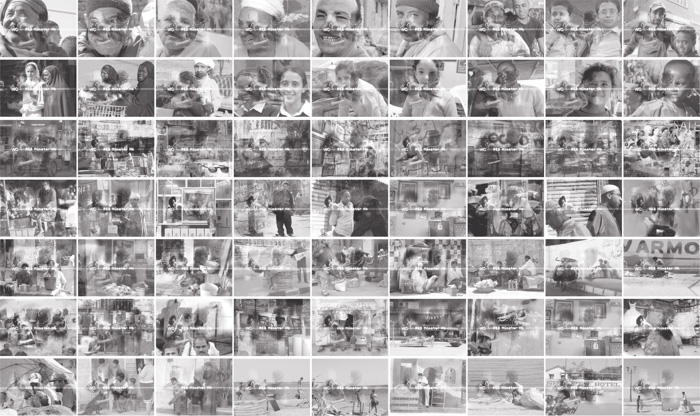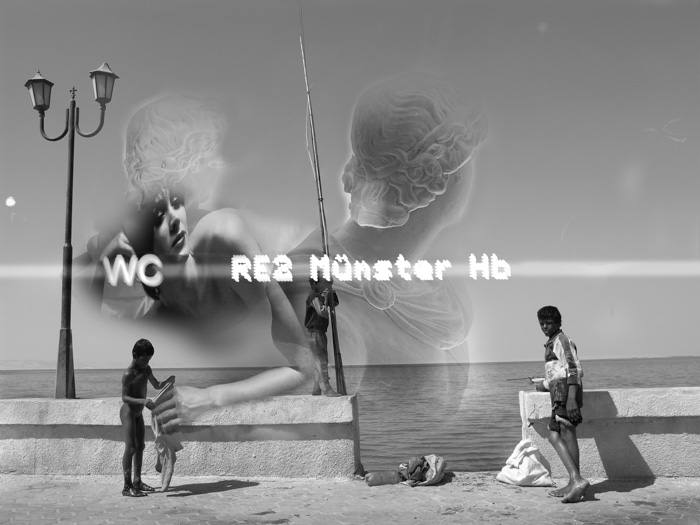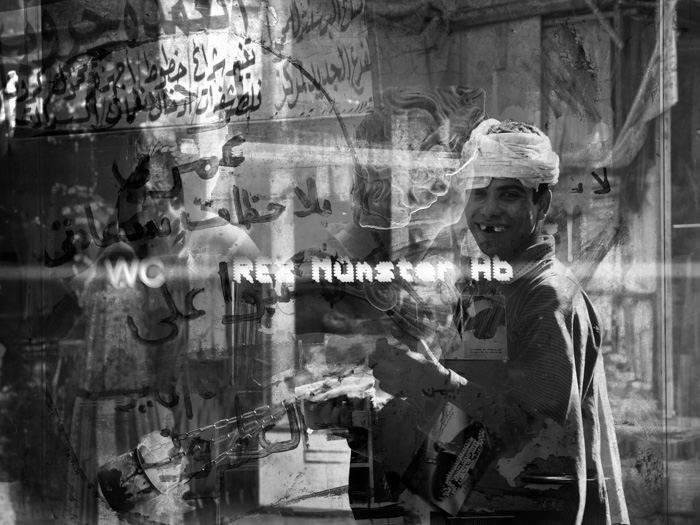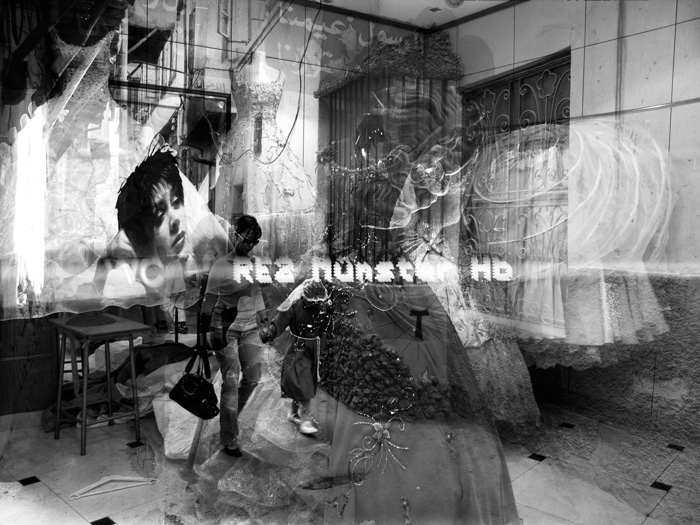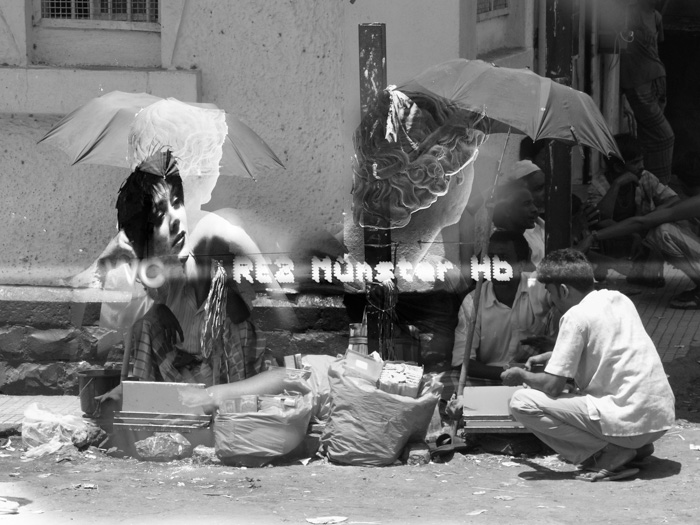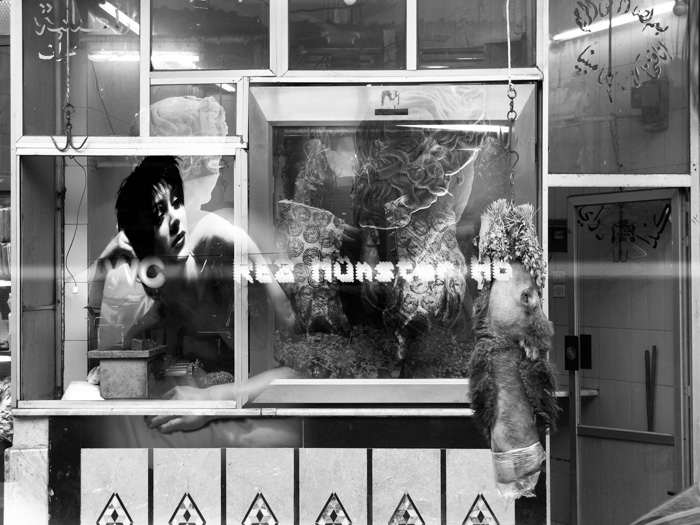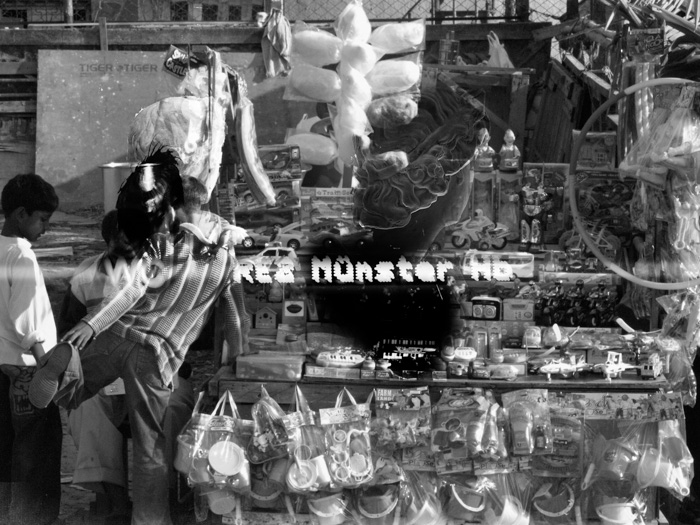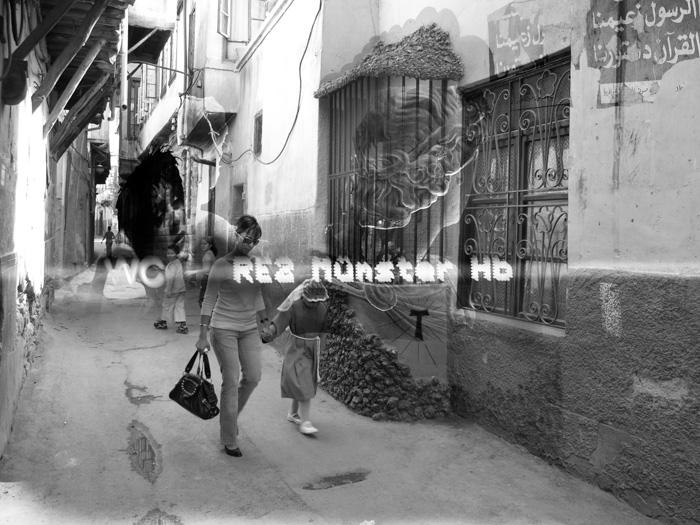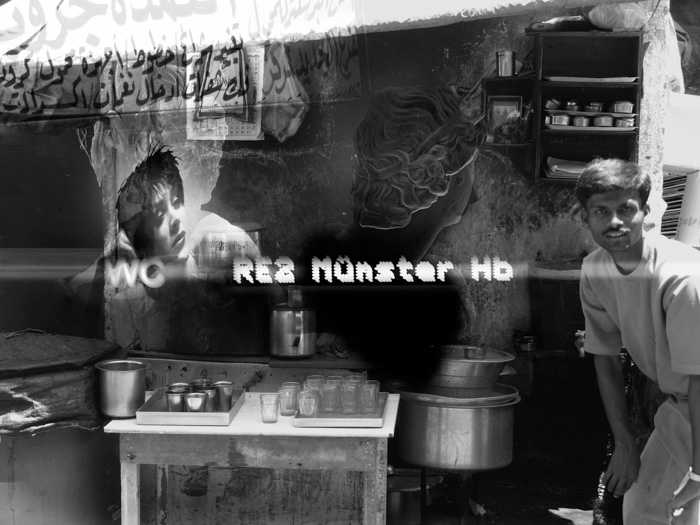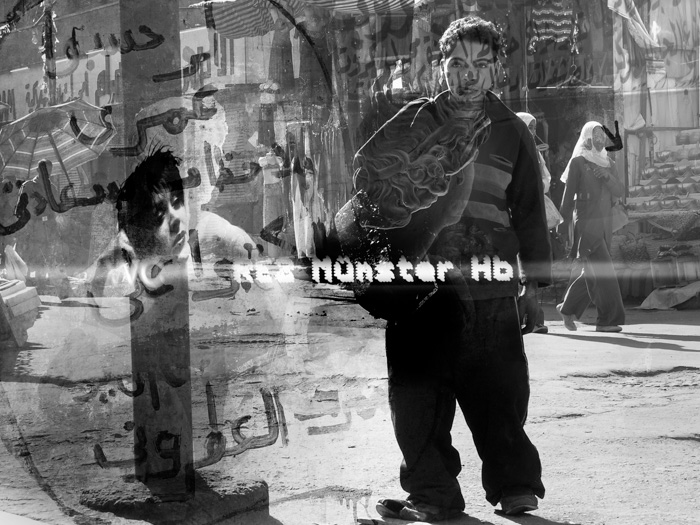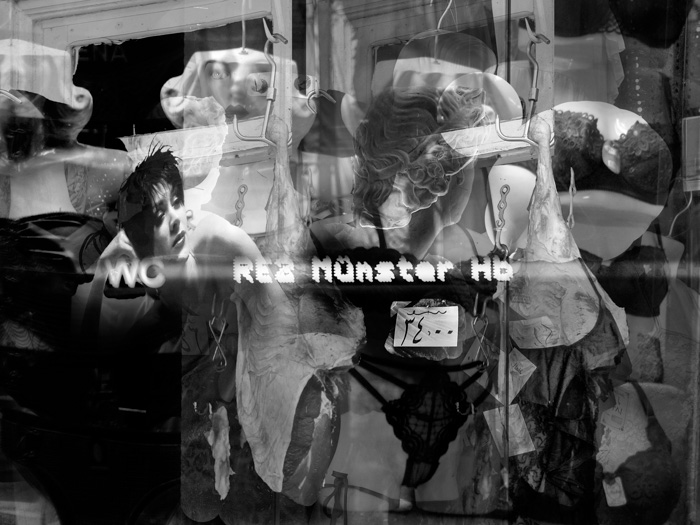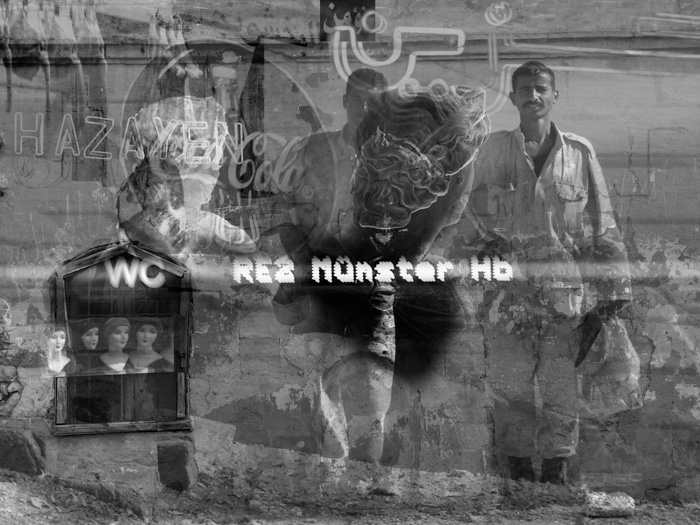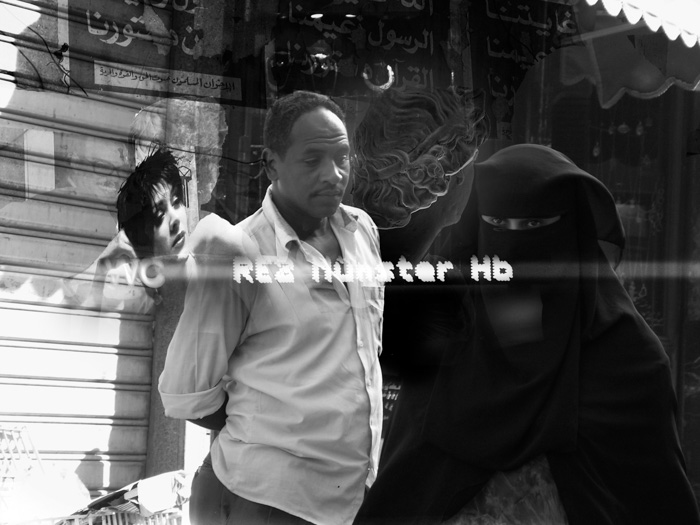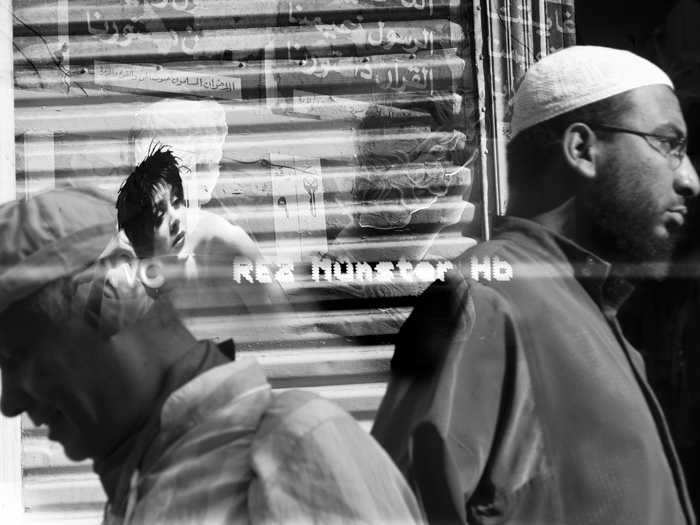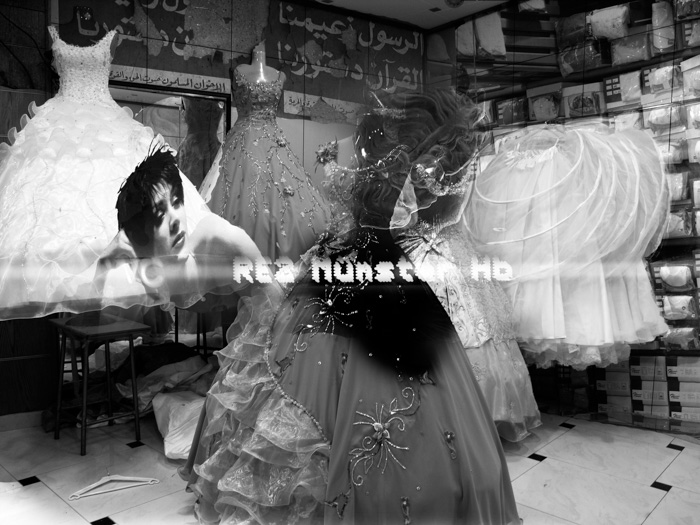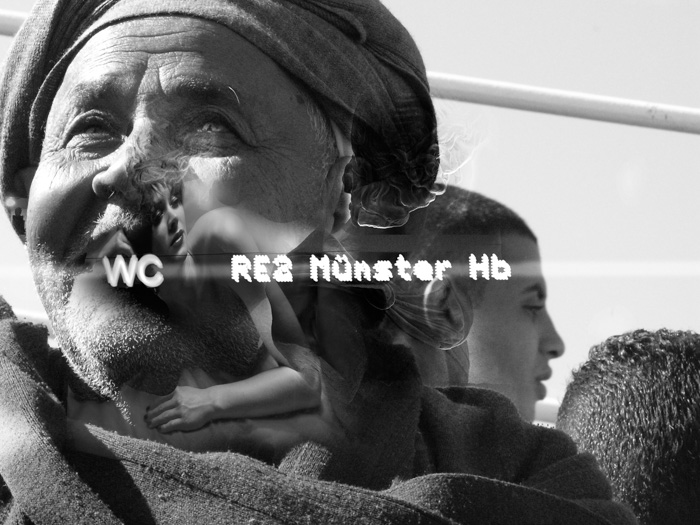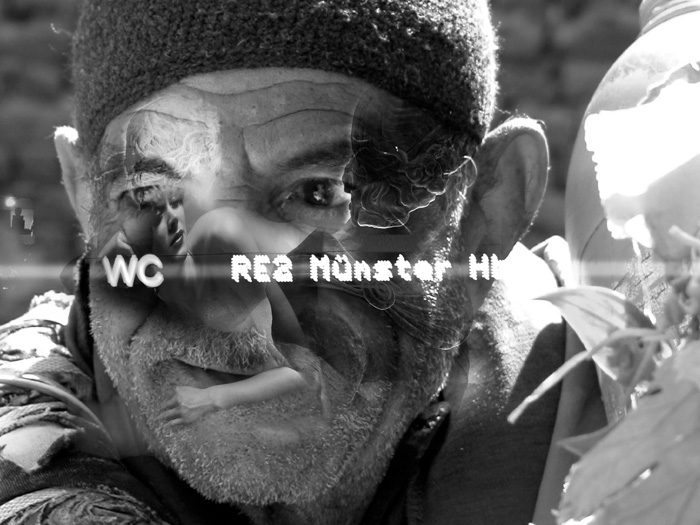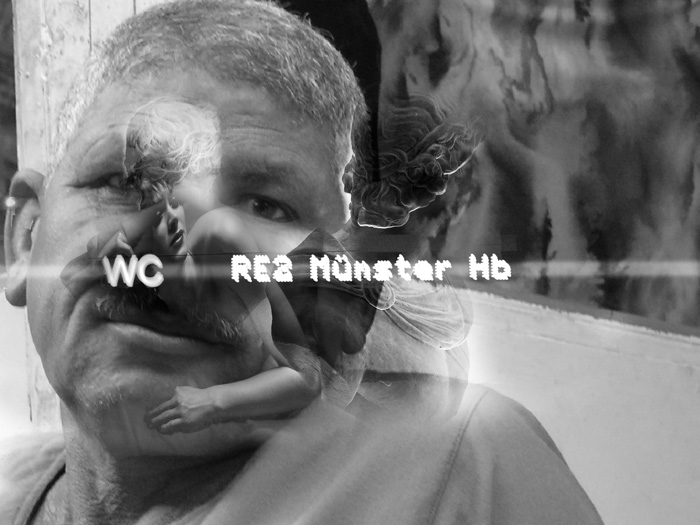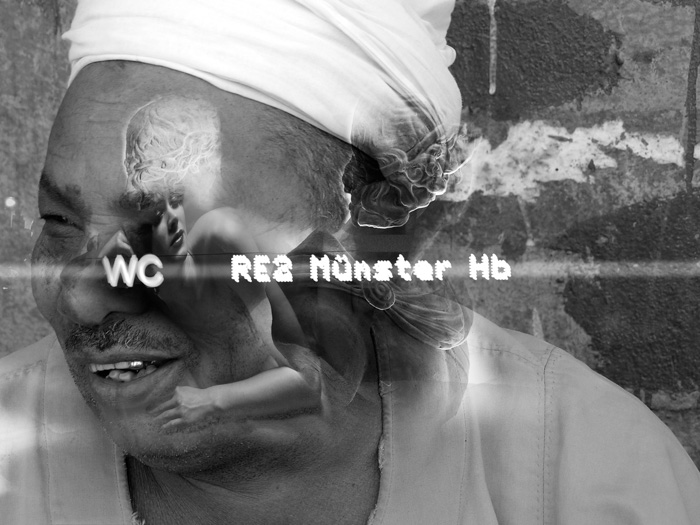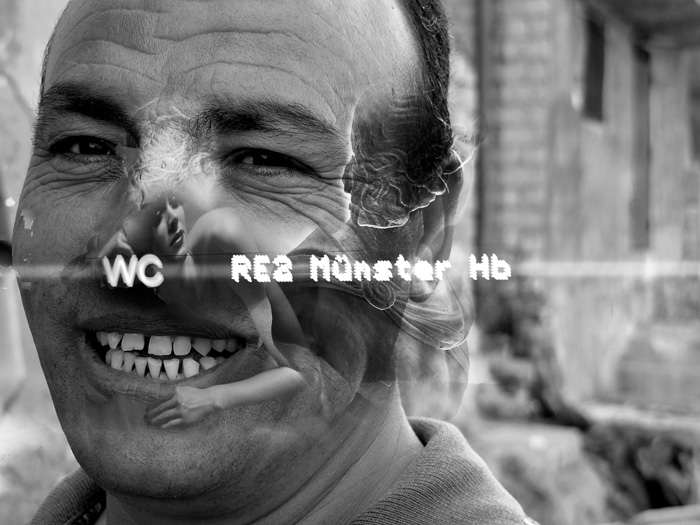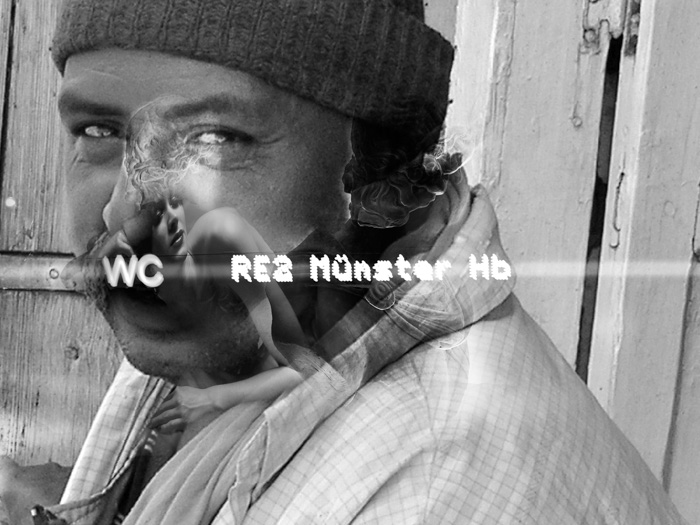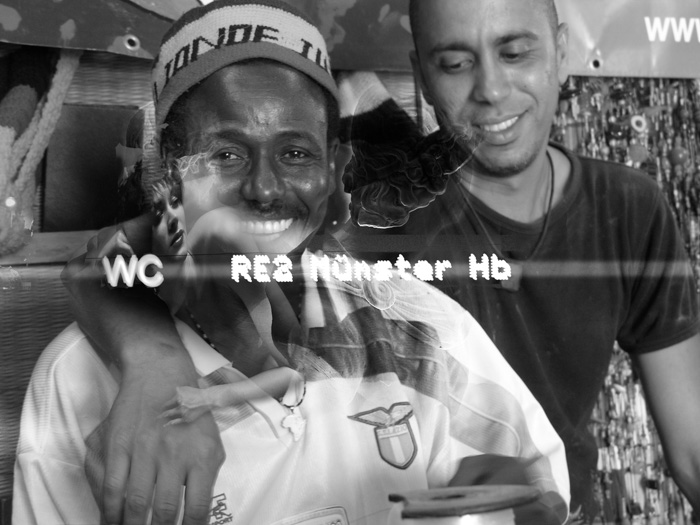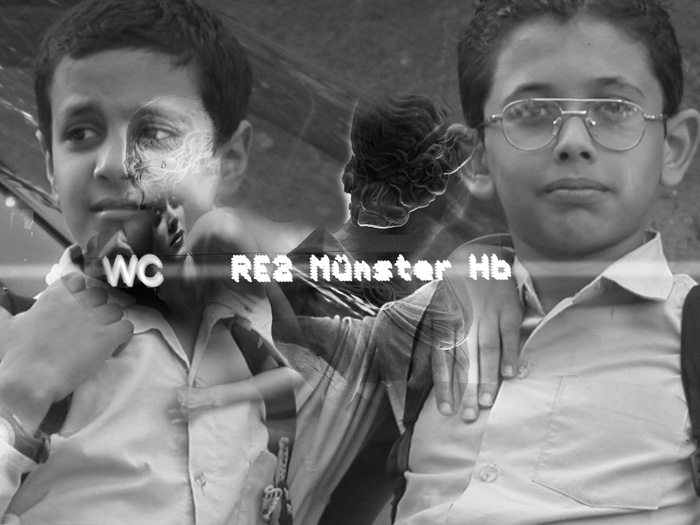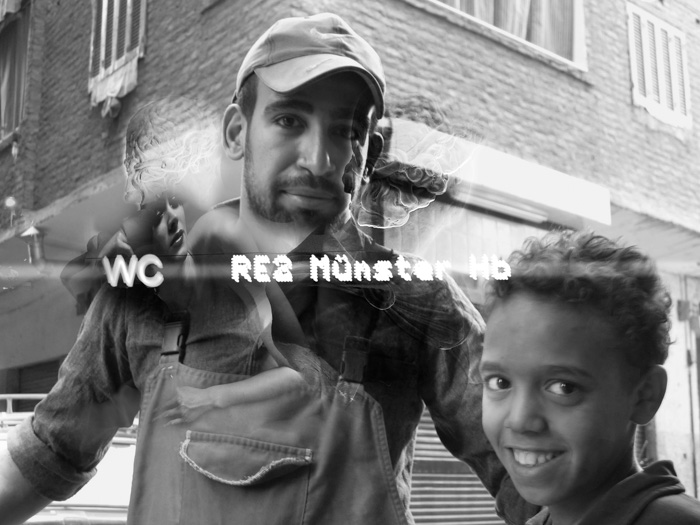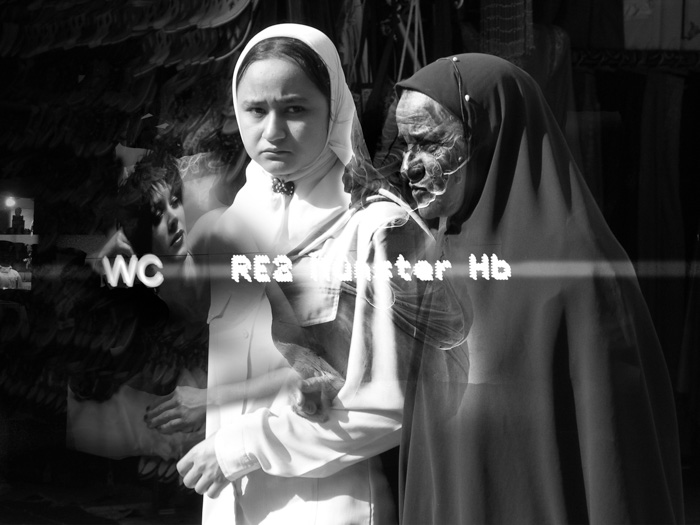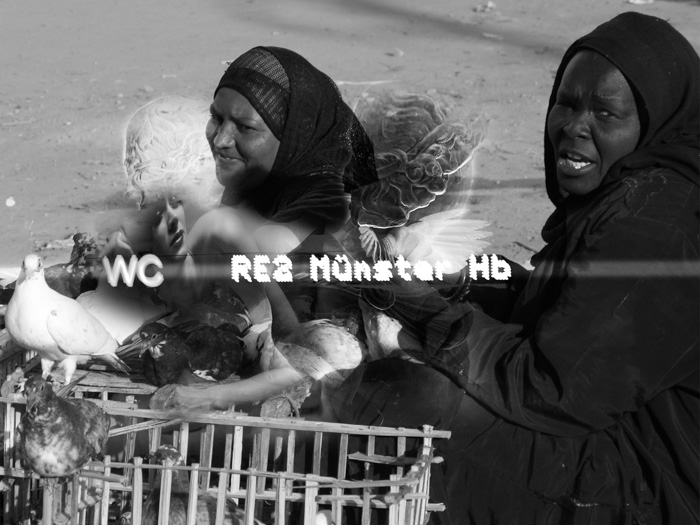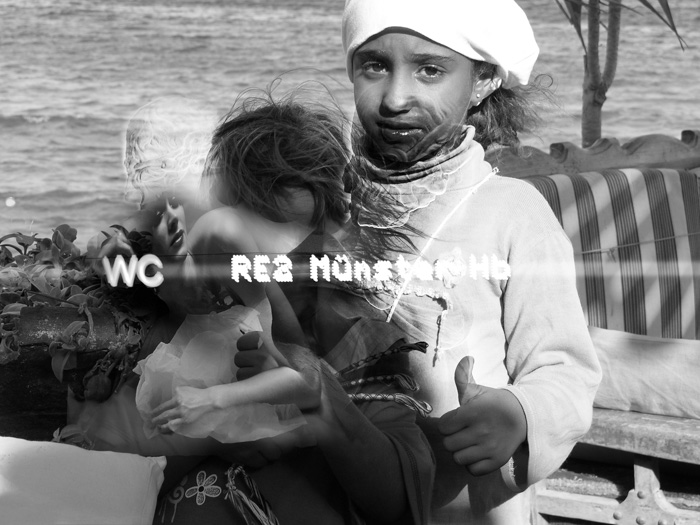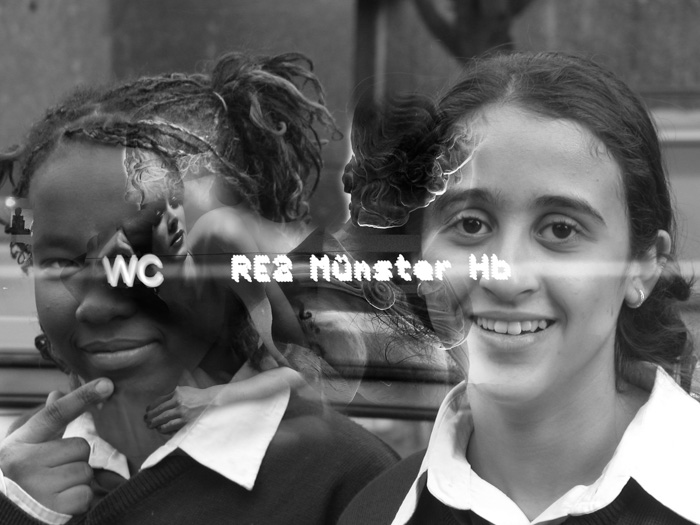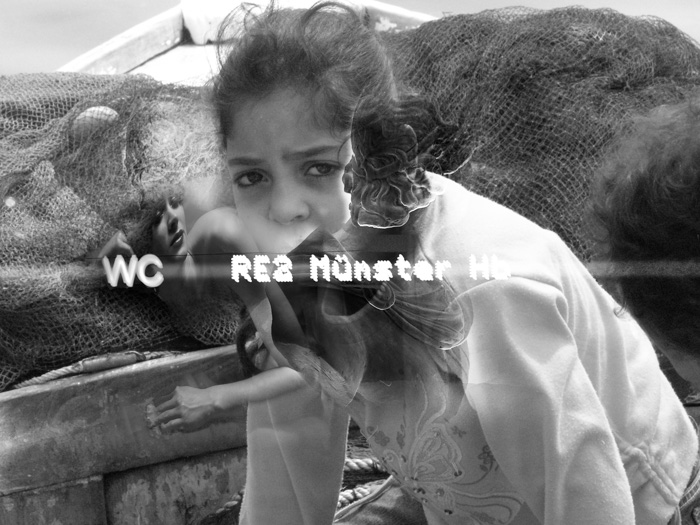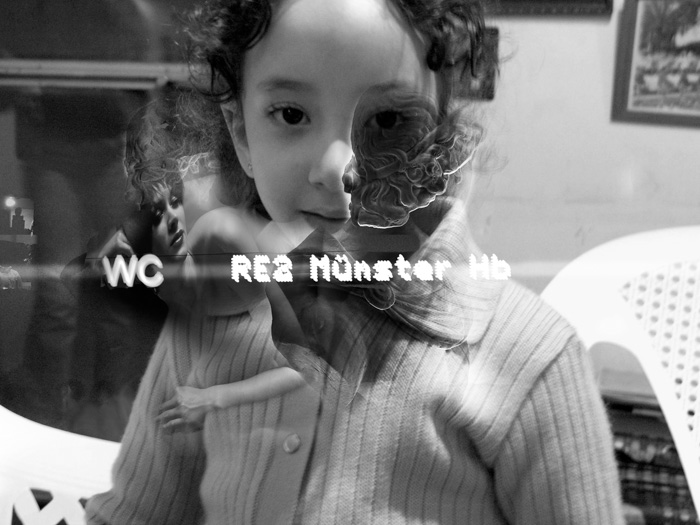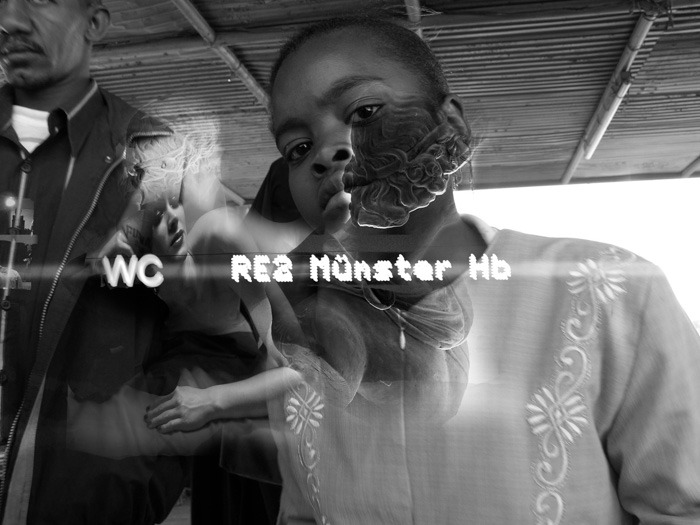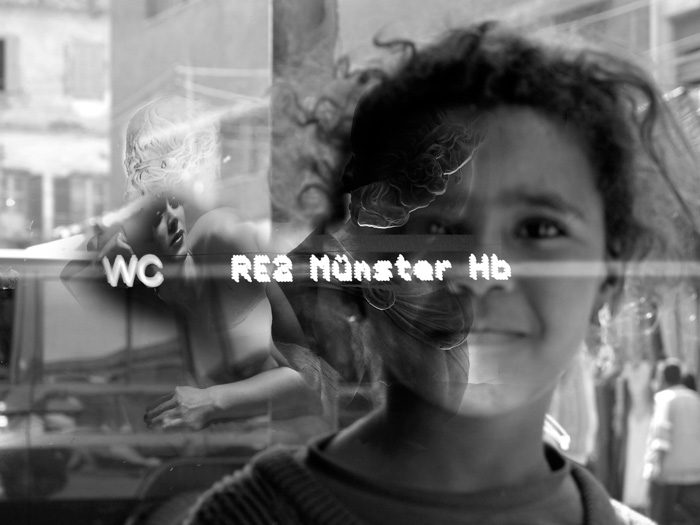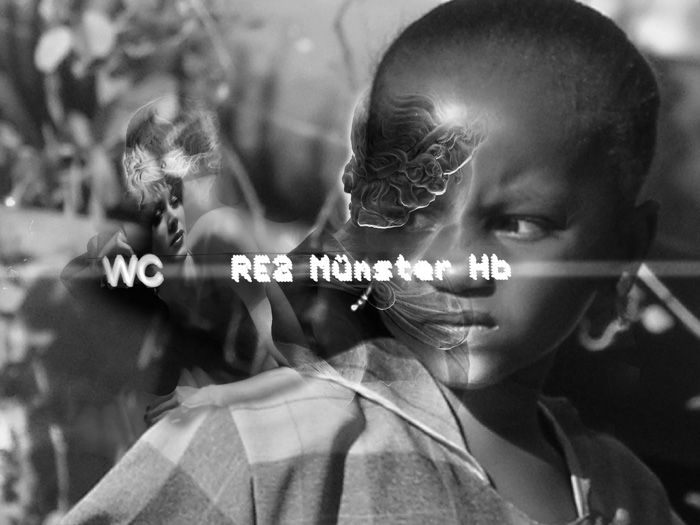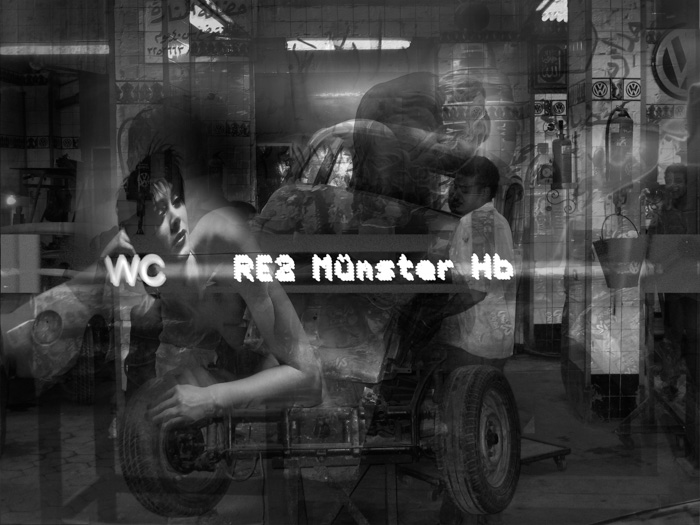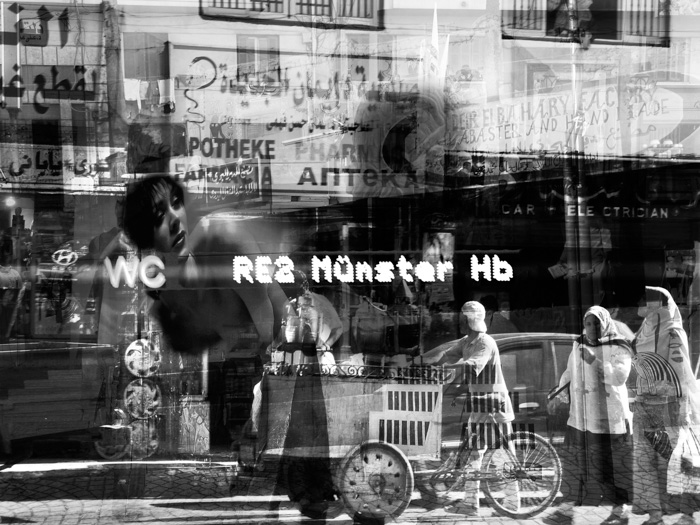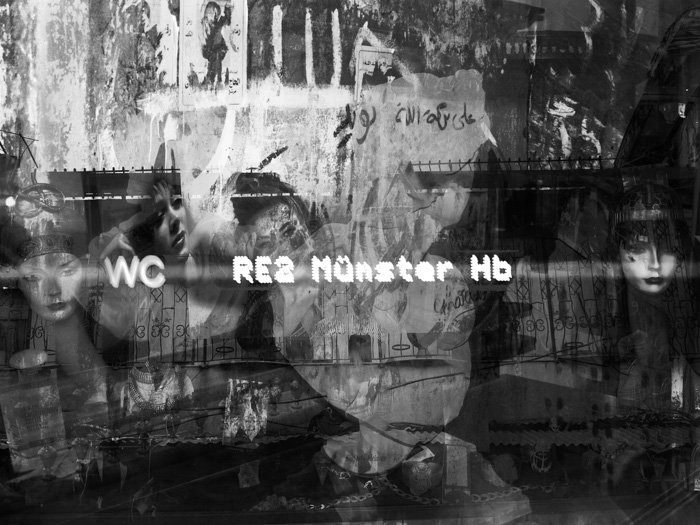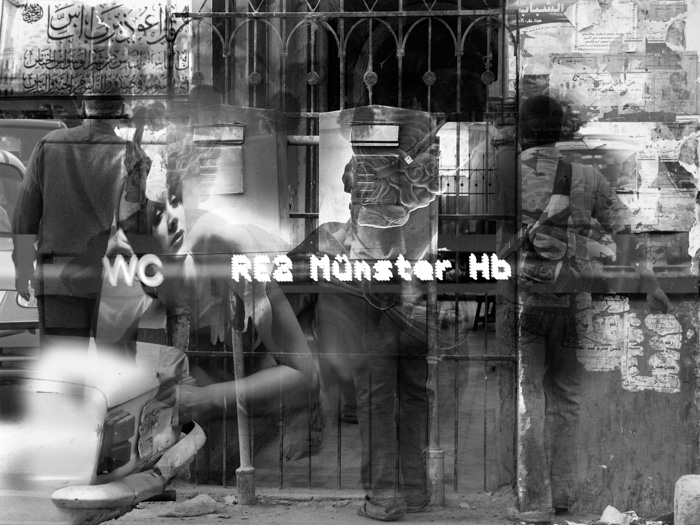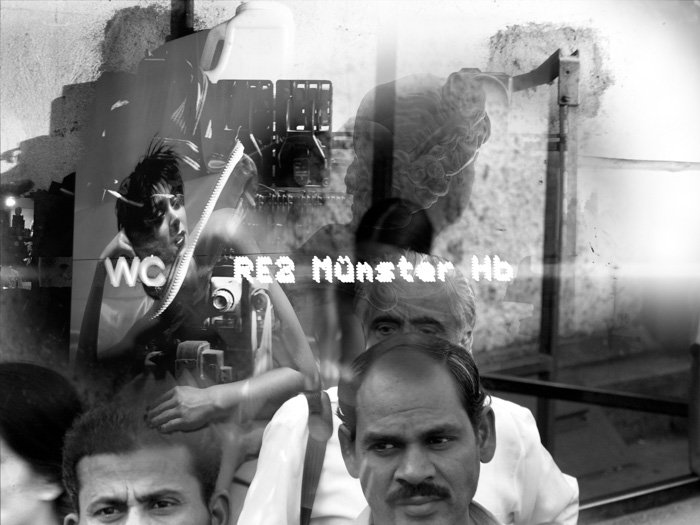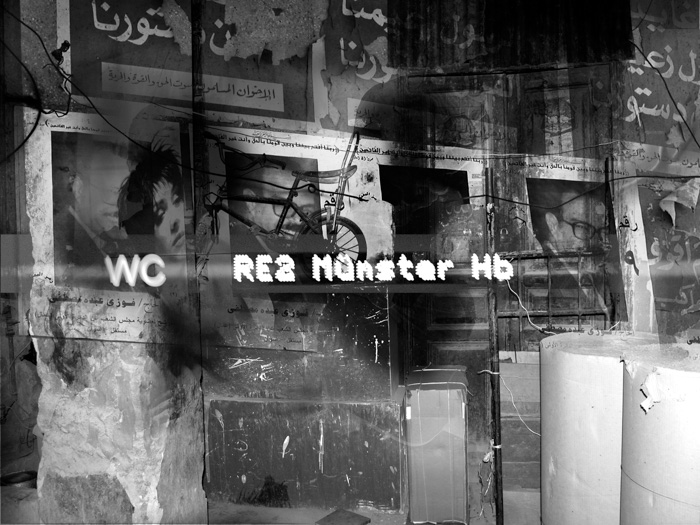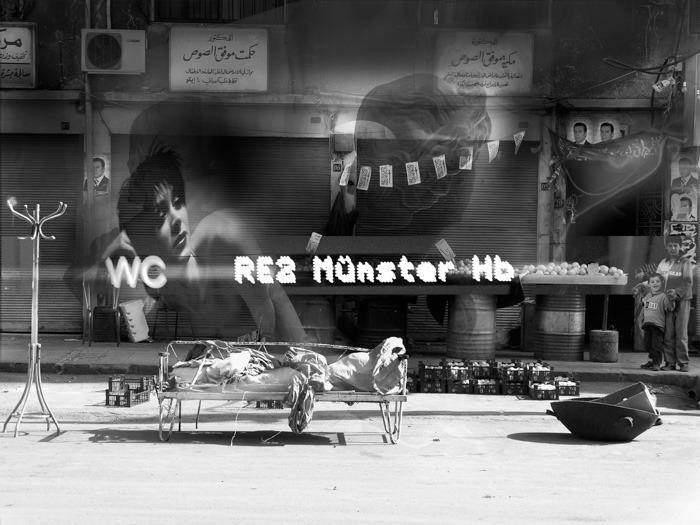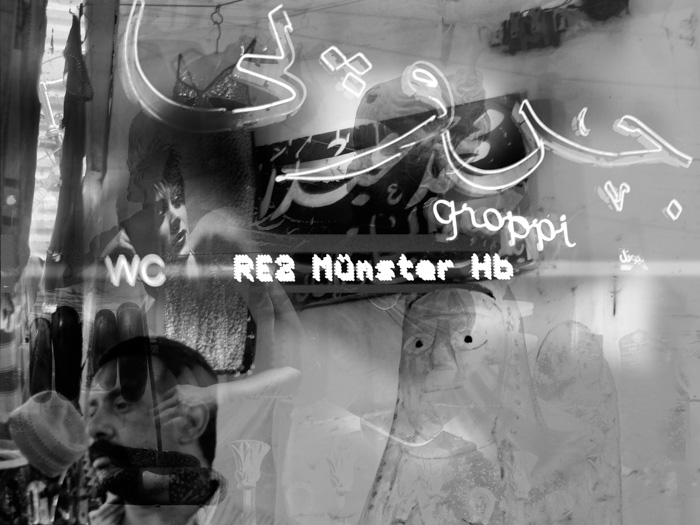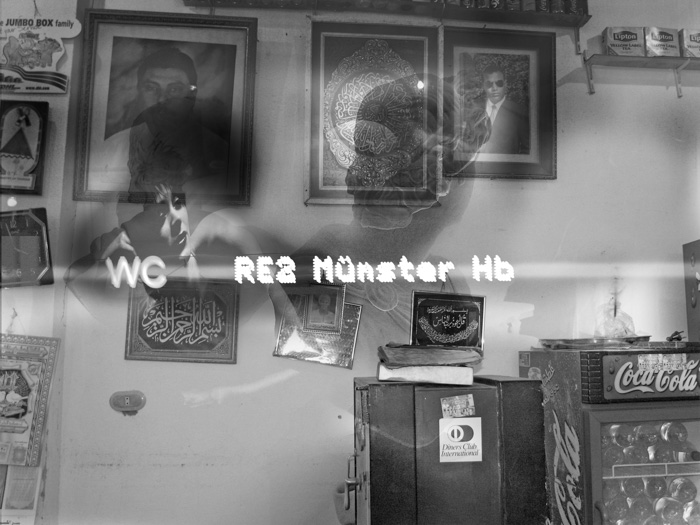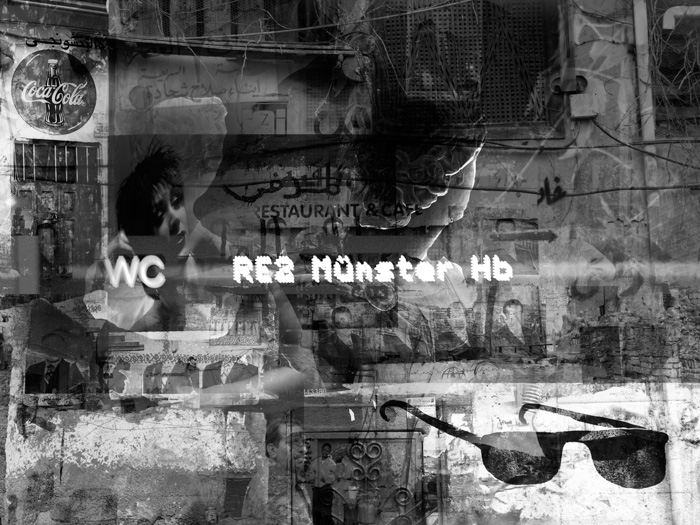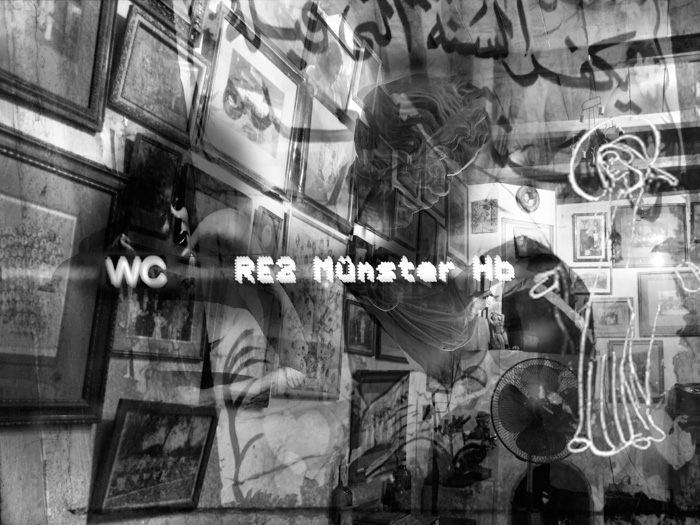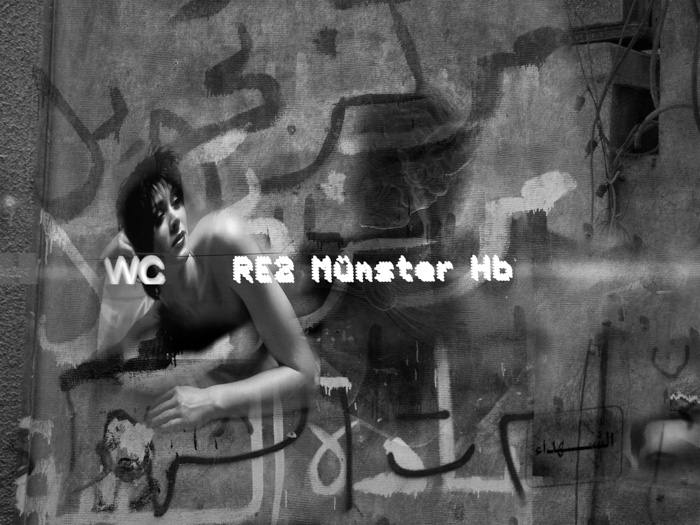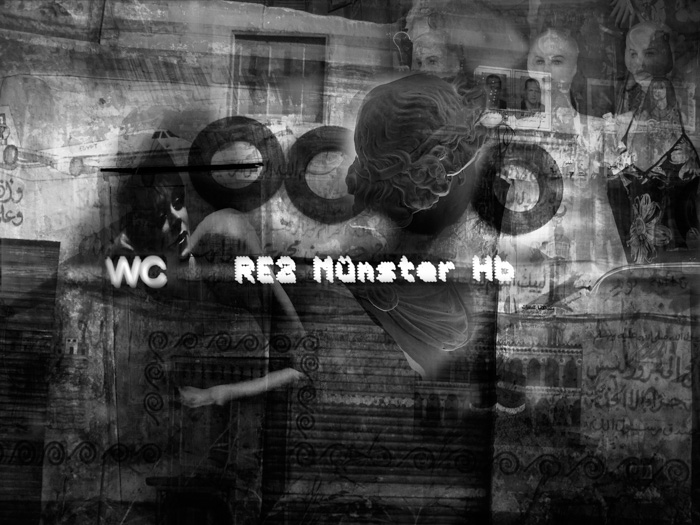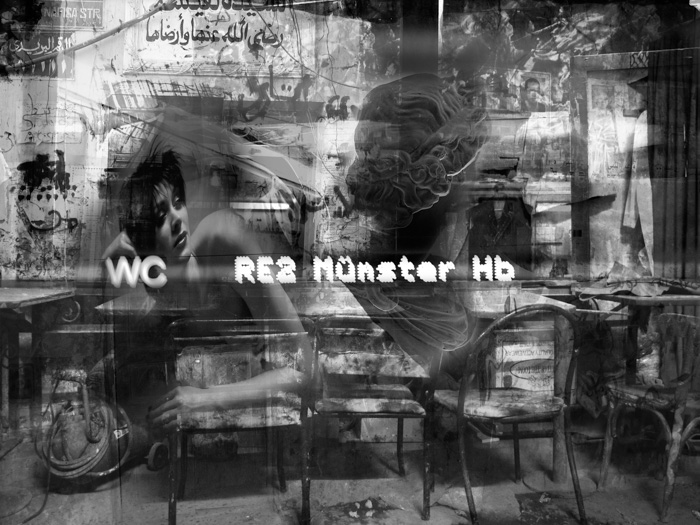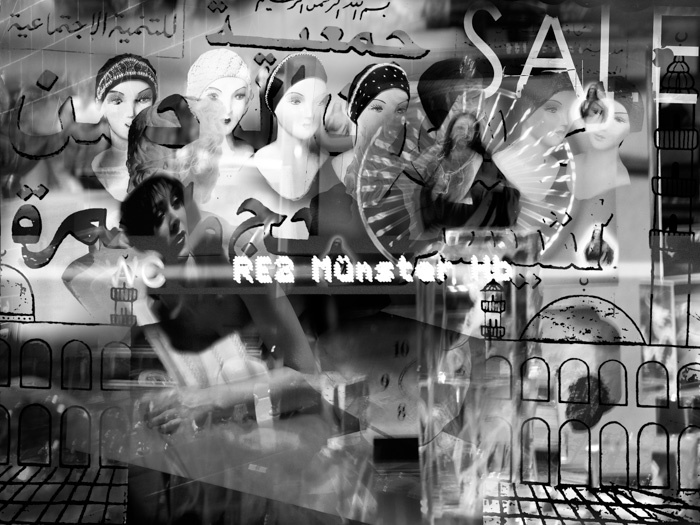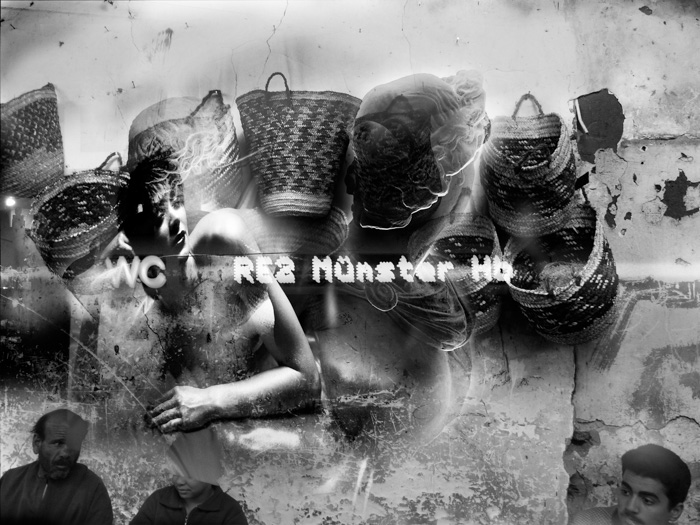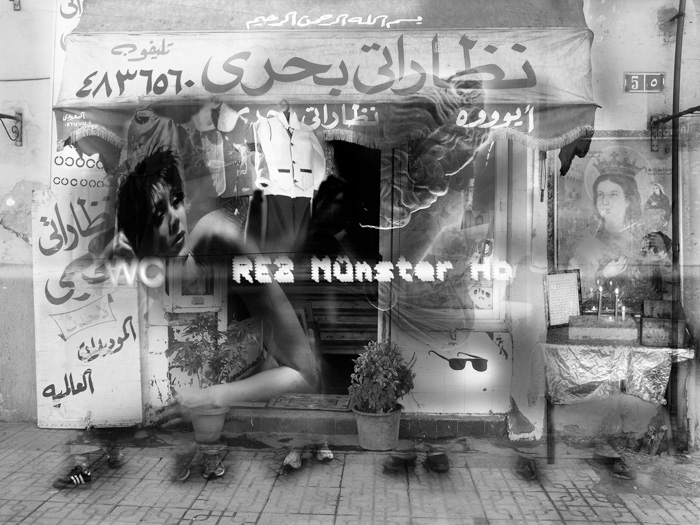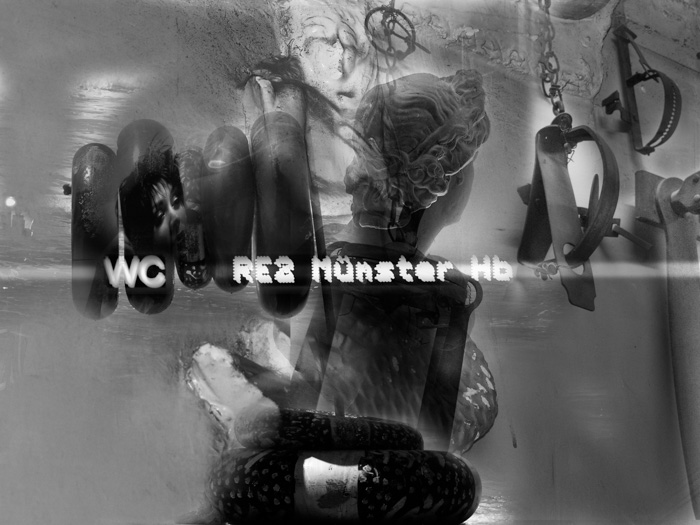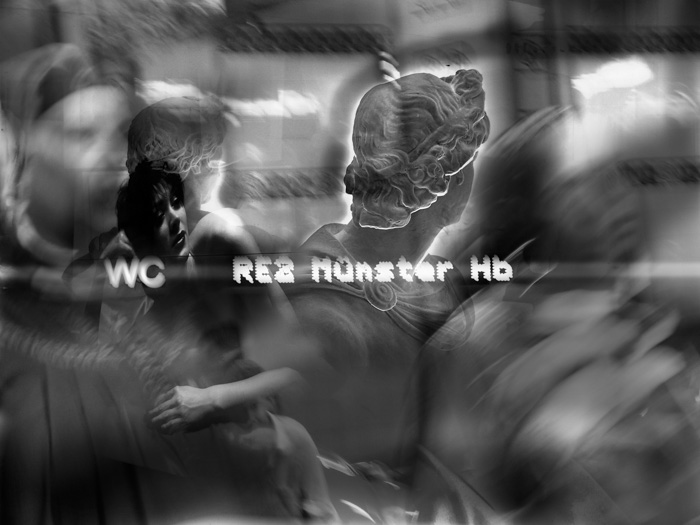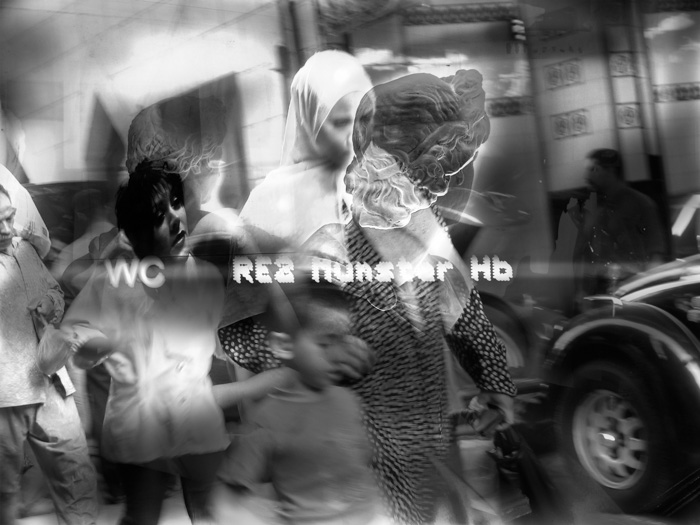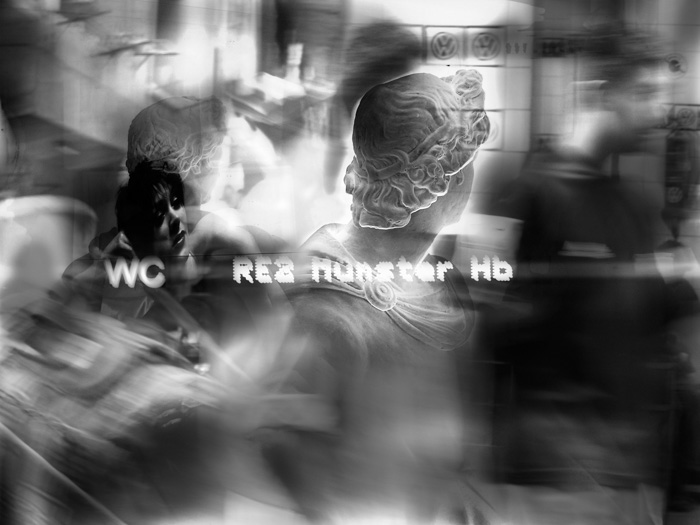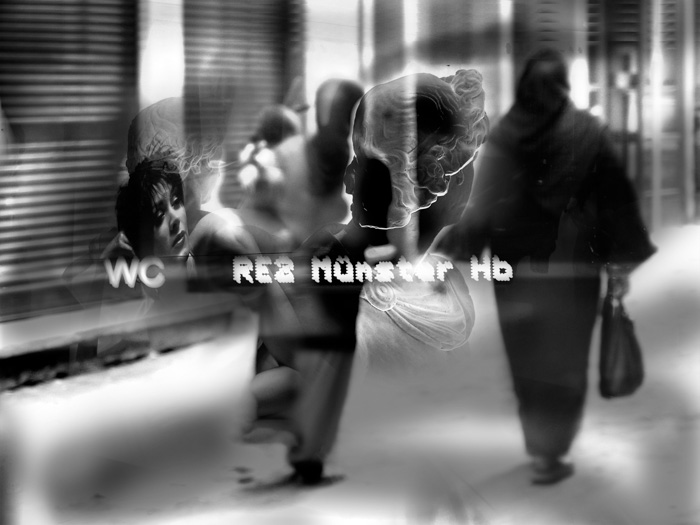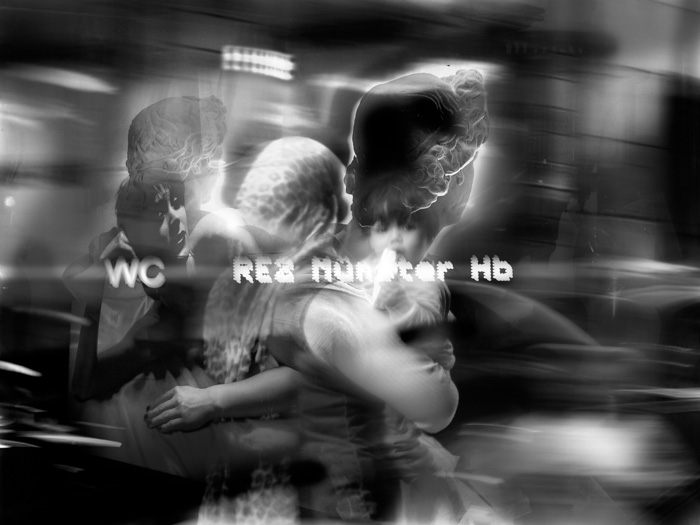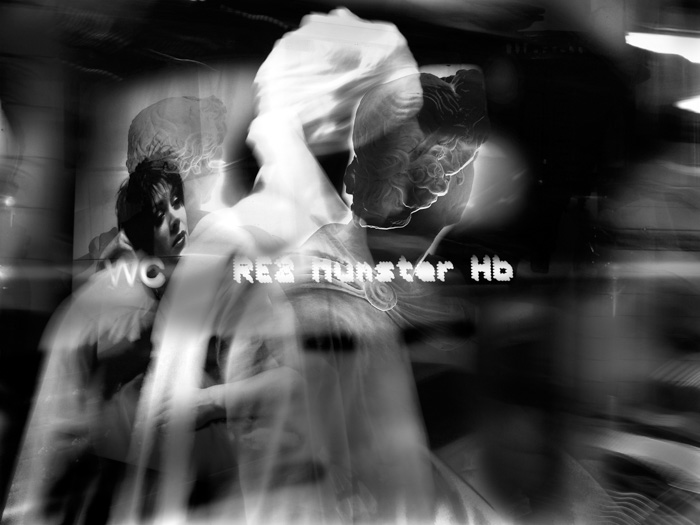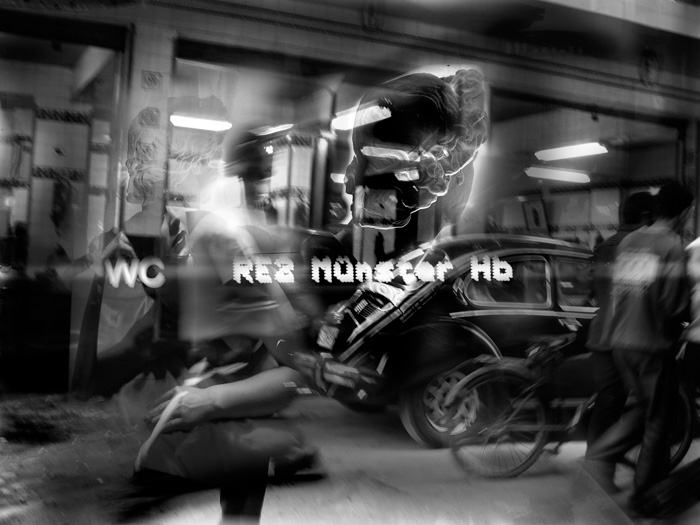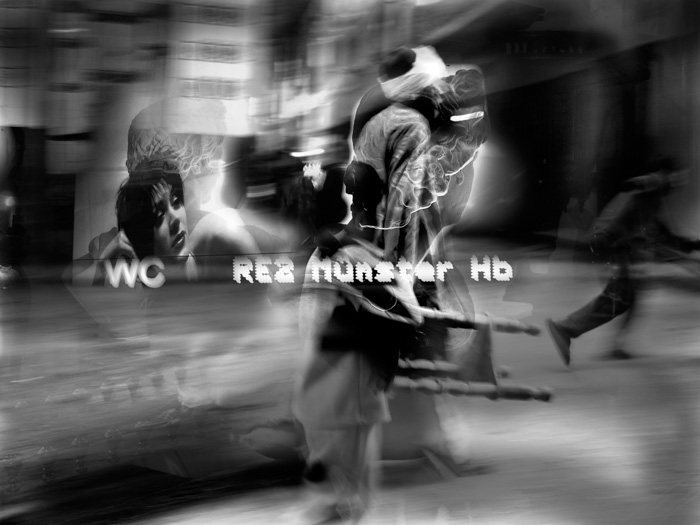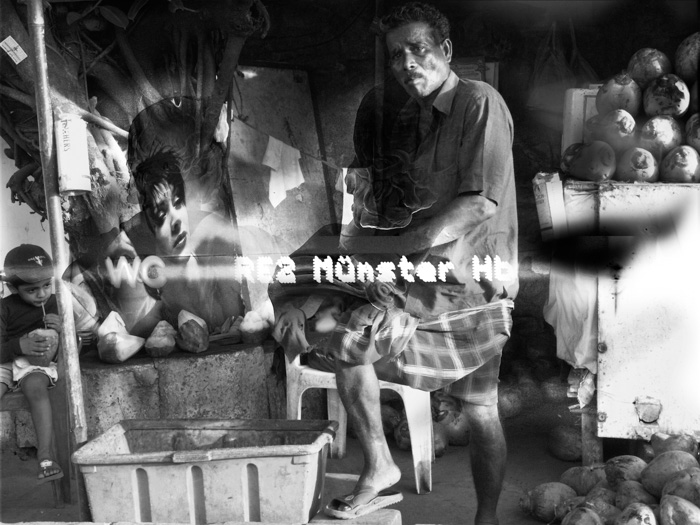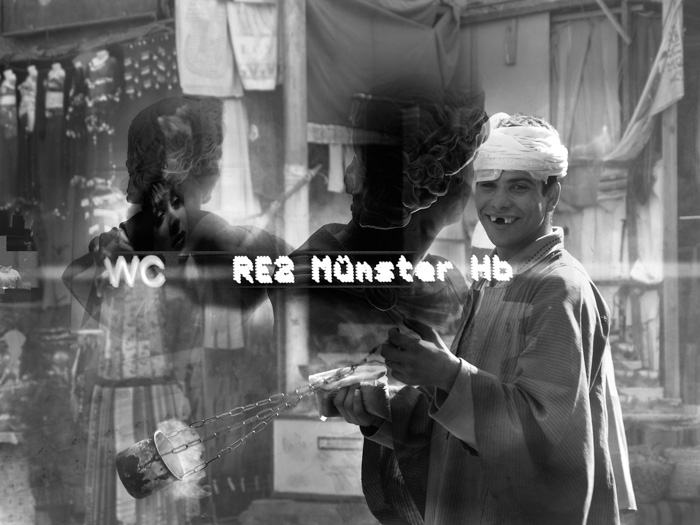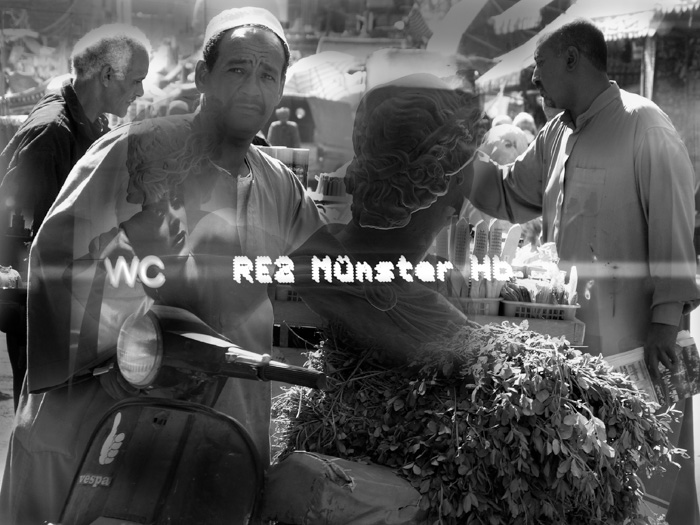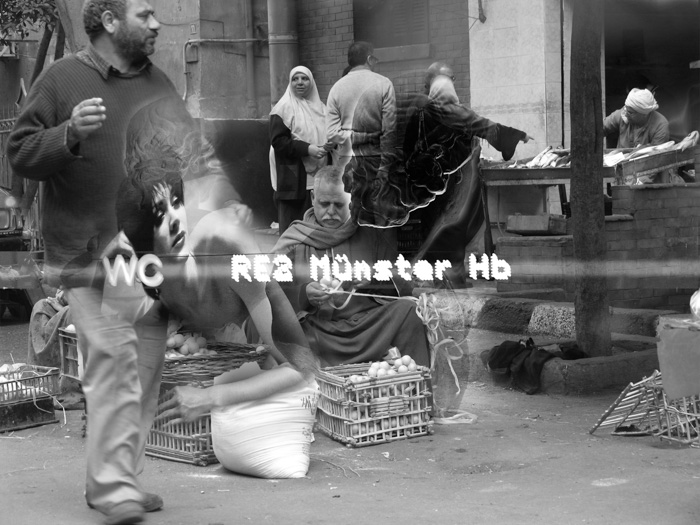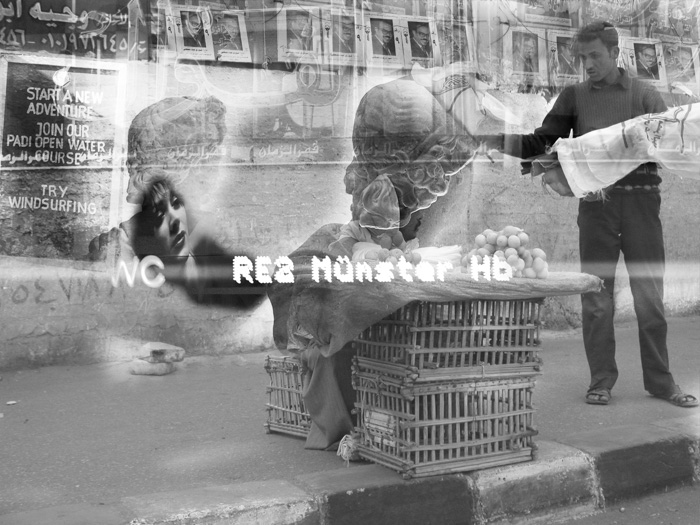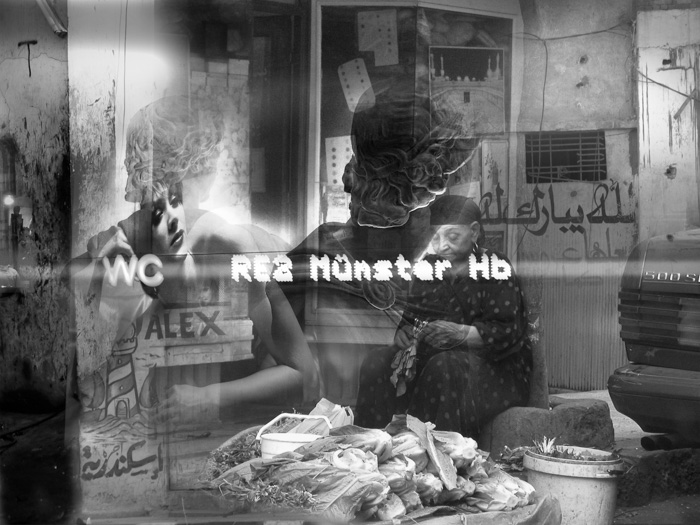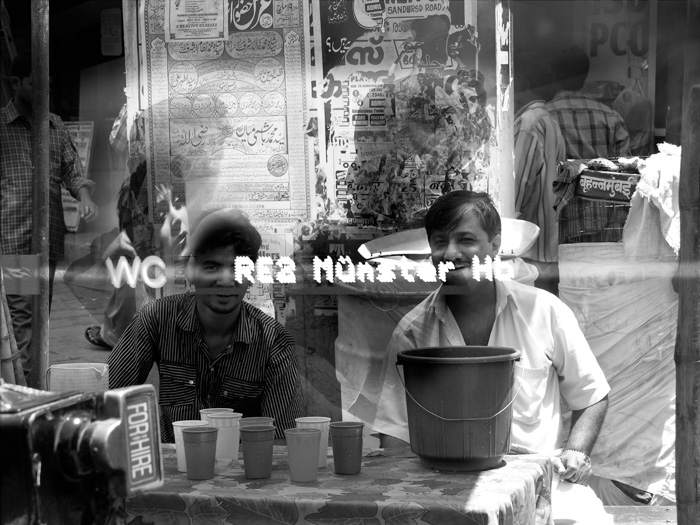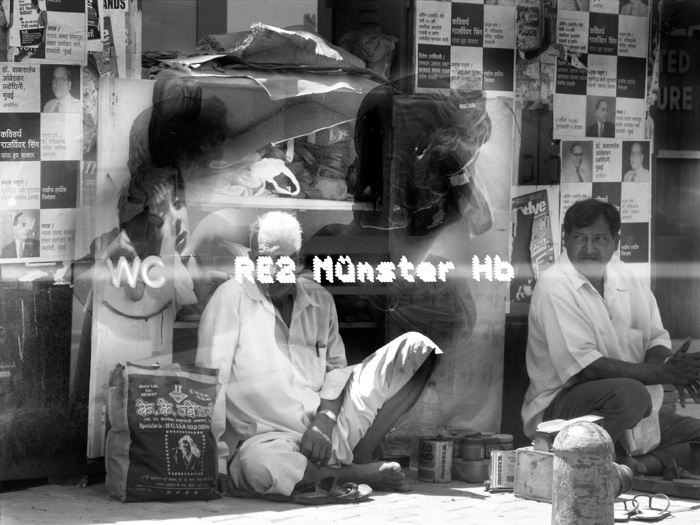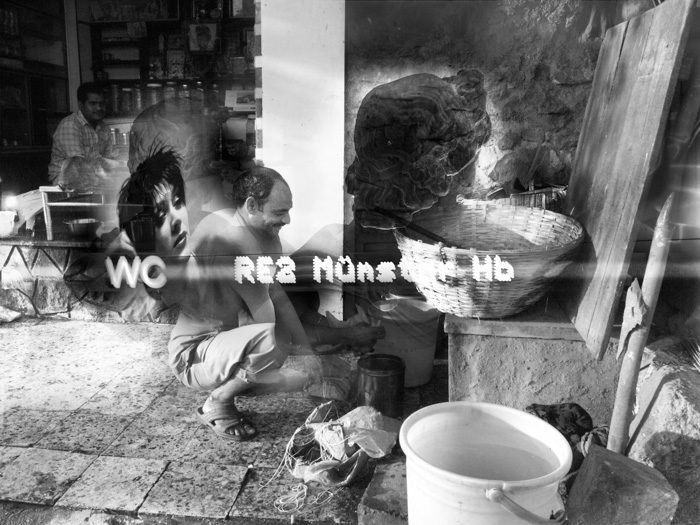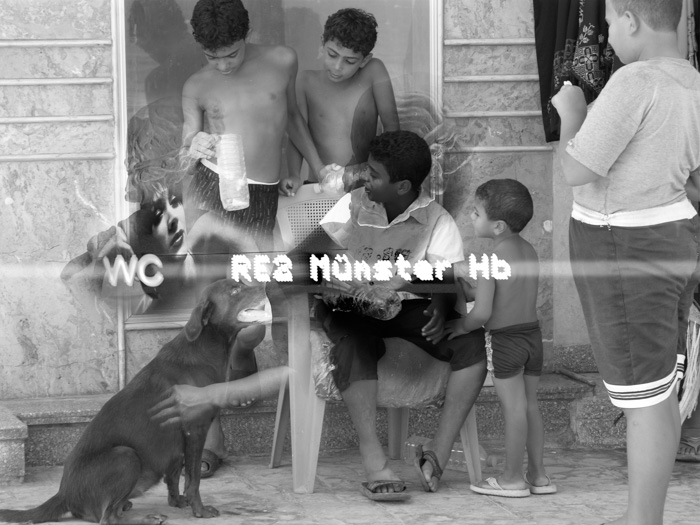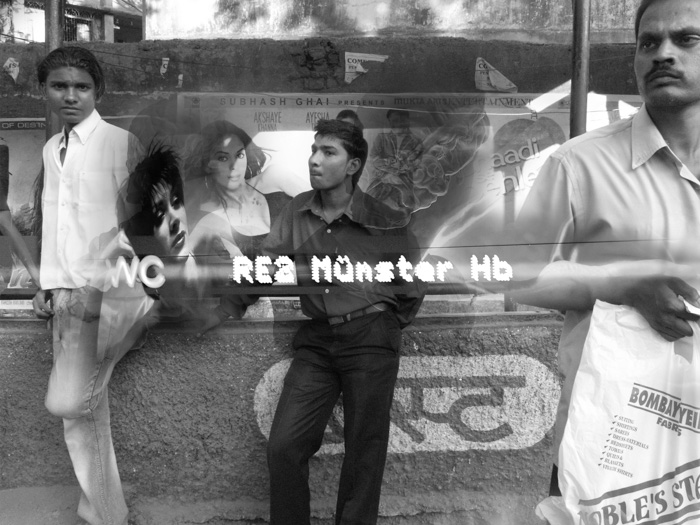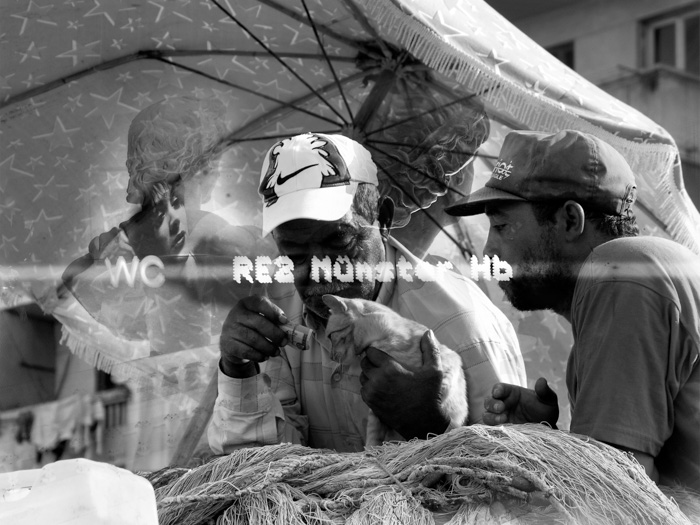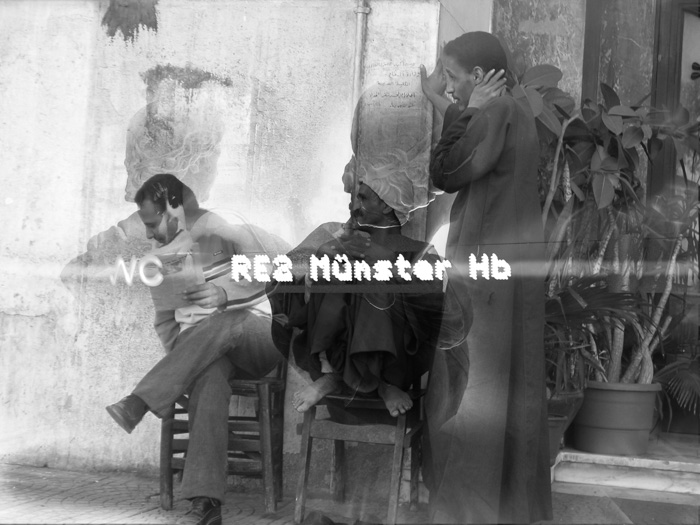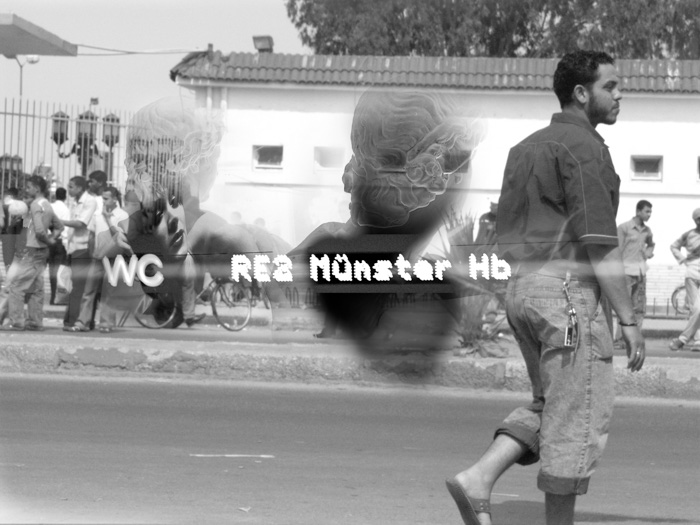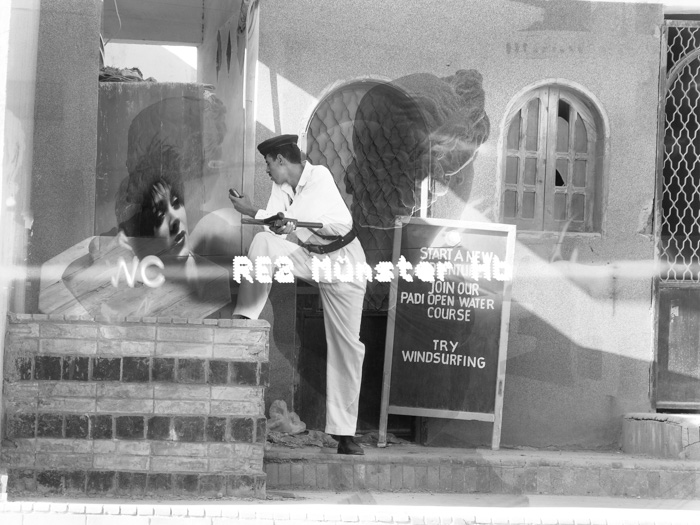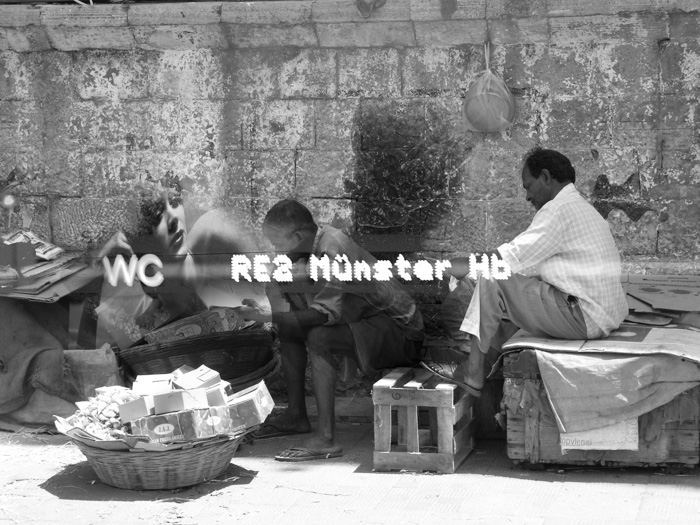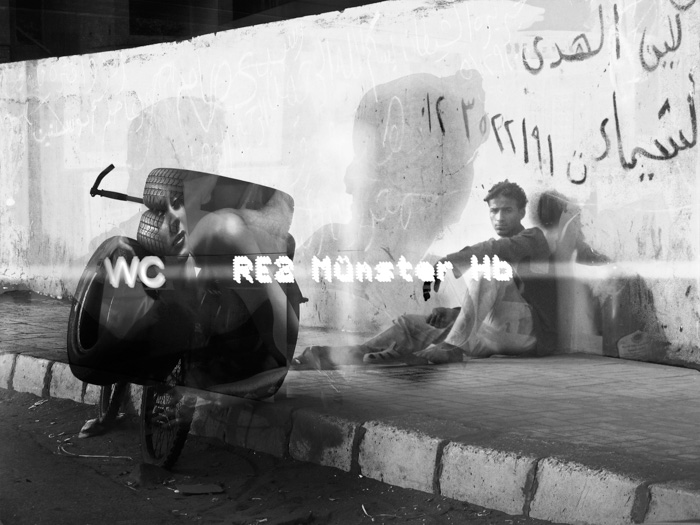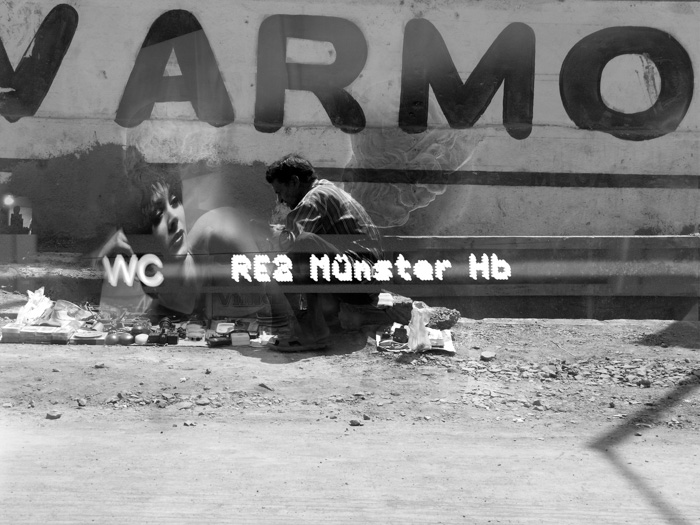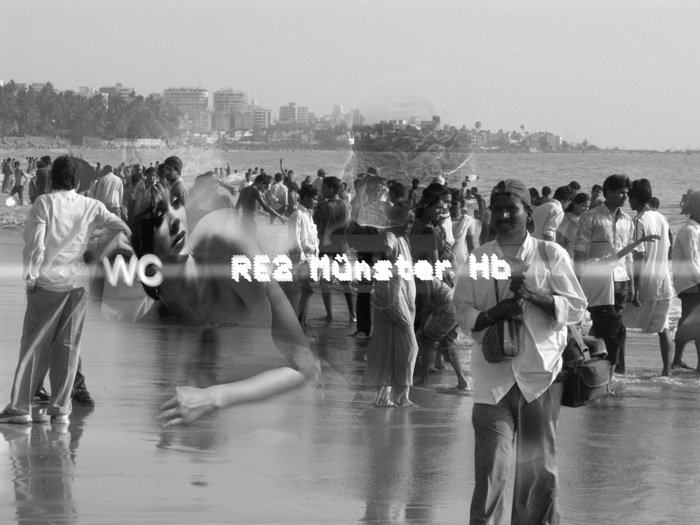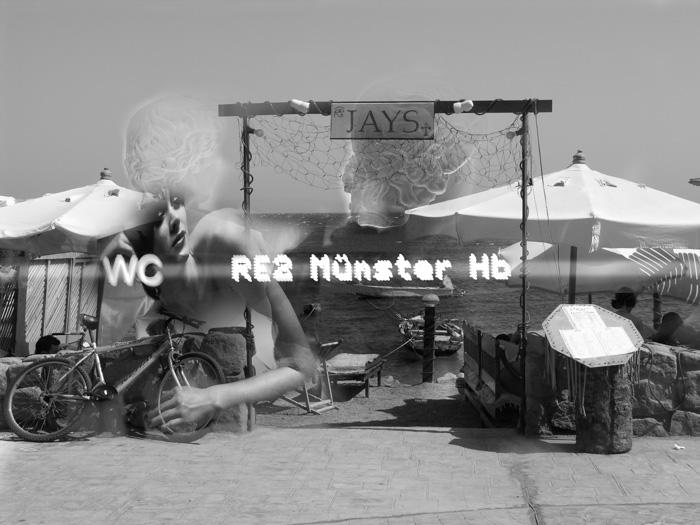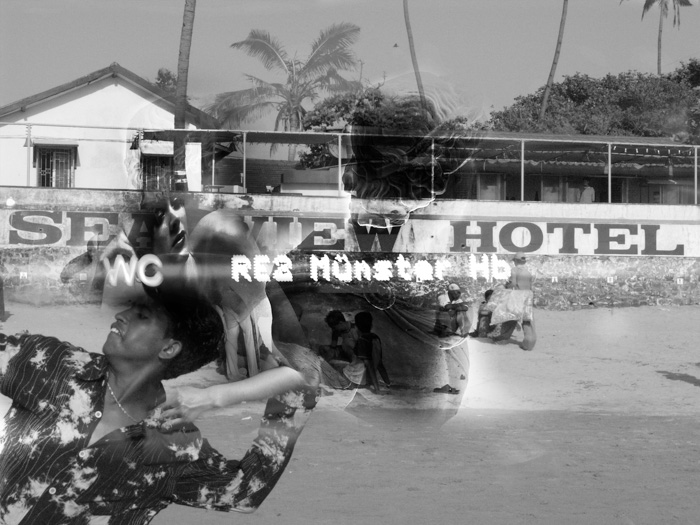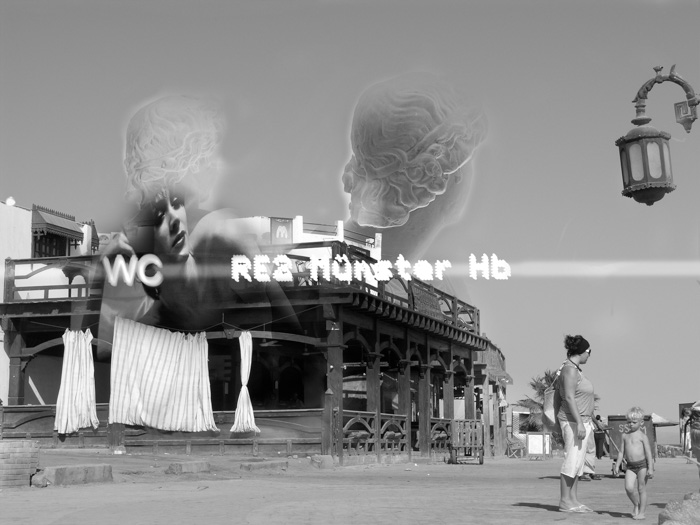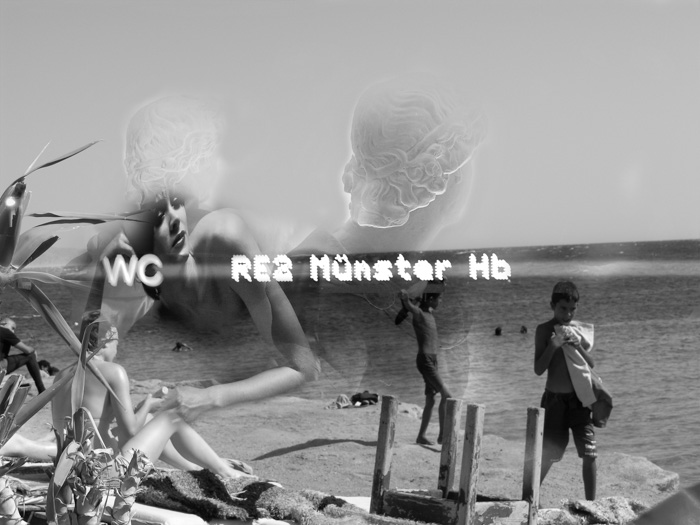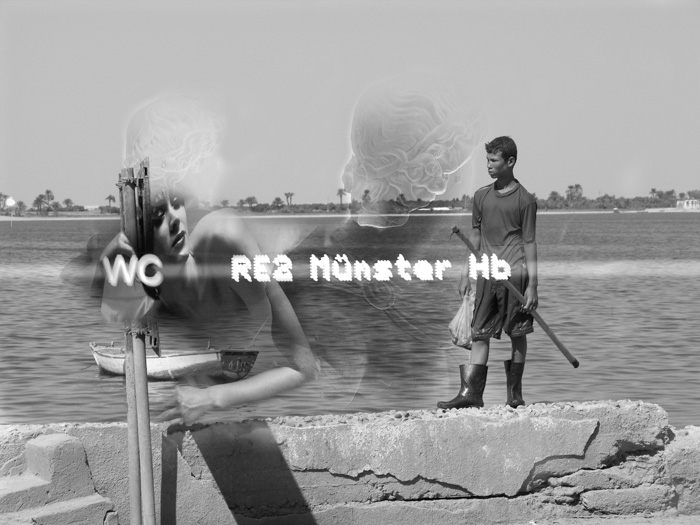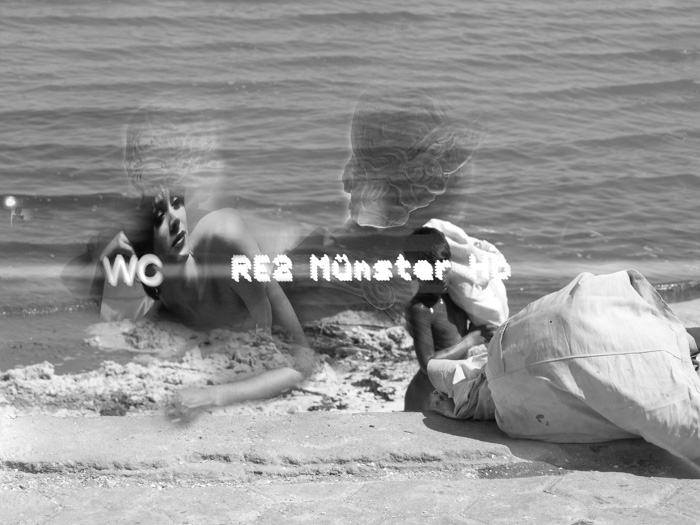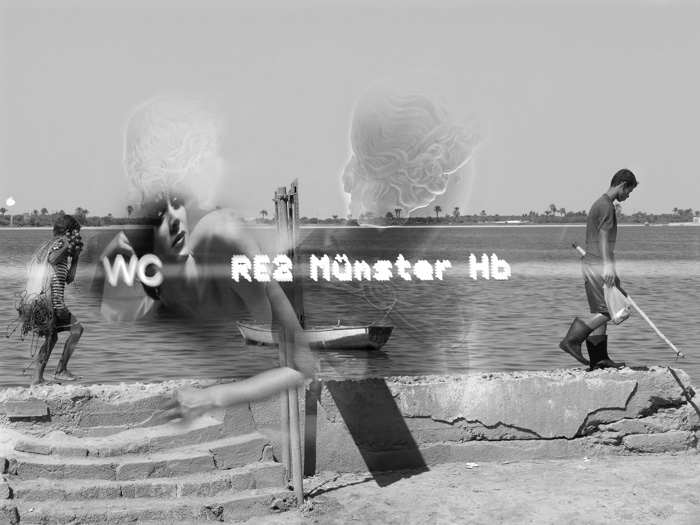Memories from the East – On My Way to Muenster
I became accustomed to traveling by train to see my daughter in Münster, North Rhine-Westphalia, Germany. I used to take the train from a small town near my previous residence in Belen. My journey used to take an hour, and I frequently took the same train back. Inside and outside of the train, I observed faces, events, billboards, and street advertisements. Some remained in my memory and served as a vital reminder of the trip as something from the West, while others vanished. In addition, I remember a massive poster for a new perfume with a beautiful advertisement depicting a black-and-white photograph of a semi-naked woman from the walls of the train station.
Most of the time, I would visit my daughter in Münster and spend the day with her without telling her much about the East. During my most recent trip, I decided to provide a more in-depth description of our Eastern culture and its inhabitants. I found myself in the primary record stage in front of a vast number of photographs and uncountable icons depicting the culture of Eastern societies, including street selling traditions, conversations between people, and handicrafts production, as well as the culture of walls and decorations by posters or drawings or words, and the culture of the inner place… etc. They are arranged in a frame that alludes to the East, is beautifully composed, has a unified color scheme, and contains no employment connection.
Each image depicts a specific case and is unrelated to the others; occasionally, images are associated or contrasted, but most are distinct. I did not use the face as a single subject or the culture of street vendors as a single subject, but instead, I addressed multiple issues simultaneously. First, to clarify “the state of the memories” for the east memories, I found myself dreaming and contradicting all of my cameras captures and altering the photo via computer-based alterations by adding or removing something. As a result of the modifications and additions made to the original photograph, the images depicted incidents, stories, and people’s faces from a new graphical perspective.
During the second phase, it was necessary to find new signs and, as usual, refer to my Eastern-Western cultural hybridity. The digital information lighting board with multiple characters originates in the West, and the semi-naked Western promotional model symbolizes Western culture. Still, they require assistance to finish the concept of memories, and I connect incidents by placing them in sequential photographs within the intentional organization.
I added the Romanian head looking at the incidents to all the photos facing the incidents to document and analyze them for use in future stories. The image demonstrates that sometimes the director needs a specific function. Occasionally, it only manifests as a shadow. A leader who shares the Eastern culture endeavors to interact with and comprehend its members to experience happiness and sadness. It comes with the Romanian head with the Western icon, another leader viewing the incidents, but it varies from photo to photo; it takes a fair situation in all the images, even people’s faces having sight and interference in the east that it didn’t comprehend, but ontologies from the history, like photos and incidents with eastern presence, not consistently negative and other times just beautiful, simple, and innocent signs from the past. It comprises photographs from various countries; occasionally, a promotional model observes a poverty movement. Sometimes, a single character accompanied by peculiar pictures of the American West is sufficient. A white lighting line appears in all the photographs, connecting the present and the memories as if they were the natural expression of my memories from the East.
The incident’s subject and type determine the vertical rows of the Project Summary. Could you tell stories about beach children, beginning in the lower right row? In the photographs of Karon Lake in Fayoum, children are depicted working in a fishing field, while wealthy children who are ignorant of the lives and cultures of other Egyptians are described in gold. Each row combines incidents that illustrate the contrast between affluence and poverty; the photographs will explain the disparity between people by depicting children who attend affluent schools with high tuition, public schools, and children who cannot afford school. The rows are arranged sequentially, expressing the memories, highlighting the contradiction between wealth and poverty, clarity and obscurity, and demonstrating obscurity in some rows while describing multiple incidents in a single photograph so as not to rely on a single subject in the picture (the fourth and sixth rows). Beginning with the seventh and eighth rows, the images become progressively more organized and precise. Where we have faces of girls and boys of my daughter’s age as well as older adults from when her grandfather lived in Germany, all of those faces reflect only one thing: their Egyptian citizenship; they do not share the same culture; some are wealthy while others are poor, some are from Aswan while others are Bedouin, others are from Cairo, and others are from the Egyptian beaches.
In conclusion, the photographs on the large wall represent my recollections of Muenster, filled with traces of Eastern culture. Some elements are prevalent in Eastern culture and can be applied, whereas others combine Eastern and Western traits.

